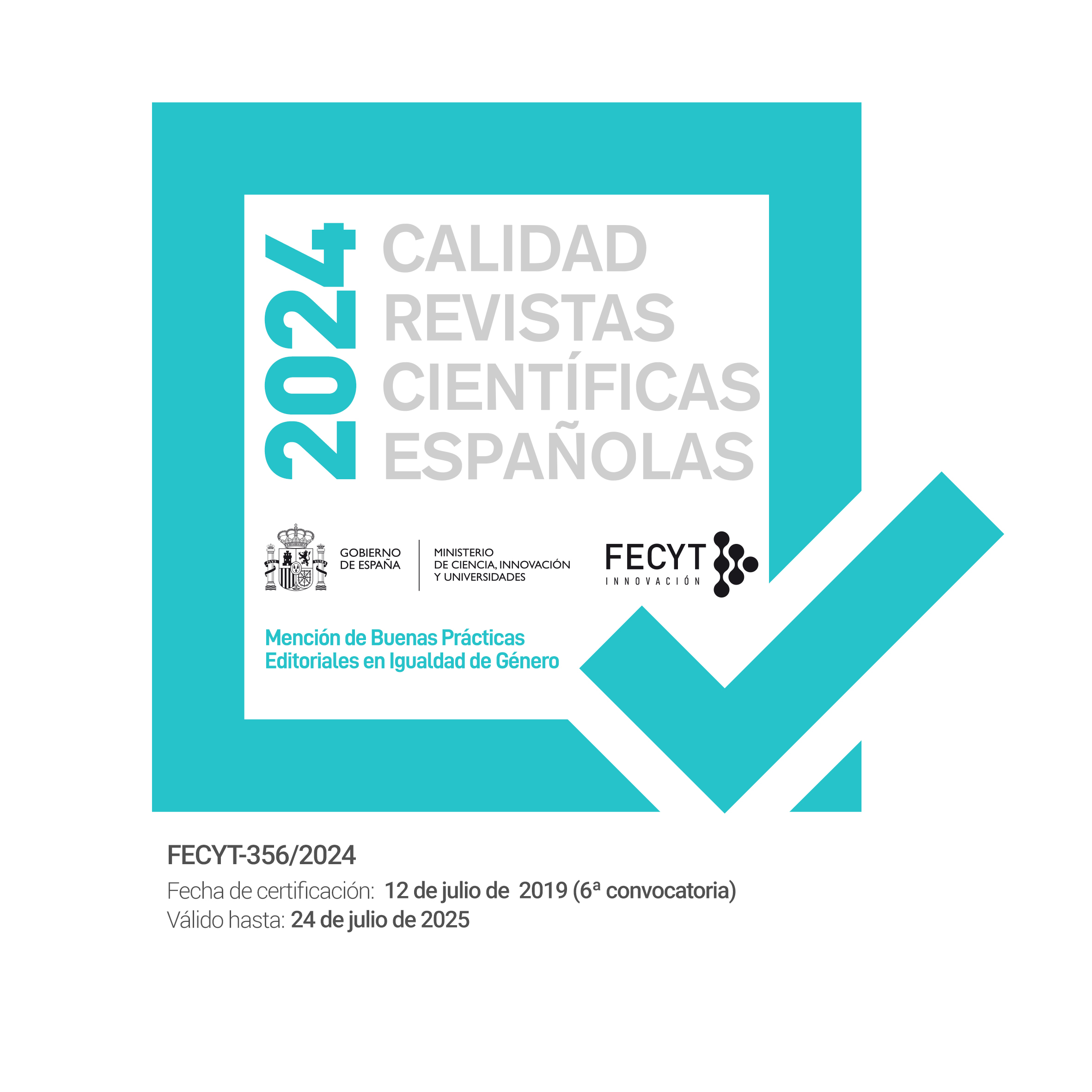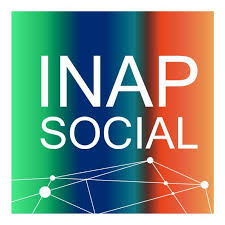User support and communication in health web portals of the Spanish Autonomous Administrations
DOI:
https://doi.org/10.24965/gapp.v0i8.10005Keywords:
e-Government, Web portal, Public policy, communication, healthAbstract
Based on the use of heuristic test and e-mystery user techniques, the article presents the results of a study conducted in 2011 about the variety and effectiveness of web-based communication devices laid by the Spanish regional governments in order to provide health services to citizens. The results show that the websites operated by regional governments offer much higher technological capabilities than those required by the narrow range of benefits currently offered to users of health services. Also, data collected highlights serious shortcomings in the supply and management of communication devices, especially those that encourage citizens’ feedback through their active participation. Results depict a panorama still far from a reasonable use of an e-health 2.0 model.
Downloads
References
Andreassen, H.K. et al. (2007), “European citizens’ use of E-health services: A study of seven countries”, BMC Public Health, 7:53.
AT Internet (2011), “Barómetro de buscadores, febrero 2011”. En línea: http://es.atinternet.com/Recursos/Estudios/Barometro-buscadores/Search-Engine-Barometer-January-2011/index-1-2-6-223.aspx (consulta: 23 febrero 2011).
Comisión Europea (2002), eEurope 2005: An information society for all. European Commission-COM (2002) 263 final. En línea: http://ec.europa.eu/information_society/eeurope/2002/news_library/documents/eeurope2005/eeurope2005_en.pdf (consulta: 23 julio 2011).
Comisión Europea (2004), e-Health-Making healthcare better for European citizens: An action plan for a European e-Health Area. COM (2004) 356.
Dumas, J.S. y Redish. J.C. (1999), A Practical Guide to Usability Testing. Bristol: Intellect.
Eysenbach, G. (2008), “Medicine 2.0: Social Networking, Collaboration, Participation, Apomediation, and Openness”, Journal of Medical Internet Research, 10 (3):e22.
Hassan, Y. y Martín, F.J. (2003), “Guía de Evaluación Heurística de Sitios Web”. No Solo Usabilidad. Revista multidisciplinar sobre diseño, personas y ciudadanía, 2. En línea: http://www.nosolousabilidad.com/articulos/heuristica.htm (consulta: 23 julio 2011).
Kruk, S. (2000), Don`t Make me Think! A Common Sense Approach to Web Usability. Indianapolis: Que Coorp.
Kruk, S. (2001), No me Hagas Pensar: Una Aproximación a la Usabilidad en la Web. Madrid: Pearson.
Leuenberger, R., Schegg, R. y Murphy, J. (2003), “E-mail customer service by upscale international hotels”, en A.J. Frew, M. Hitz y P. O’Connor, eds., Information and Communication Technologies in Tourism. Nueva York: Springer.
Matzler, K., Pechlaner, H., Abfalter, D. y Wolf, M. (2005), “Determinants of response to customer e-mail enquiries to hotels: evidence from Austria”, Tourism Management, 26: 249–259.
Nielsen, J. (1994), “Heuristic Evaluation”, en J. Nielsen y R.L. Mack, eds., Usability Inspection Methods. Nueva York: John Wiley & Sons.
OCDE (2005), E-Government for Better Government. Paris: OECD E-Government Studies.
OMS/WHO (2011), Atlas eHealth Country Profiles 2010. Ginebra: WHO.
Schedler, K. y Proeller, I. (2003), New Public Management. Berna: Paul Haupt.
UNDESA (2010), E-Government Survey 2010. Leveraging e-government at a time of financial and economic crisis. Nueva York: Naciones Unidas.
Voss, C. (2000), “Developing an e-service strategy”, Business Strategy Review, 11(1), 21–33.












